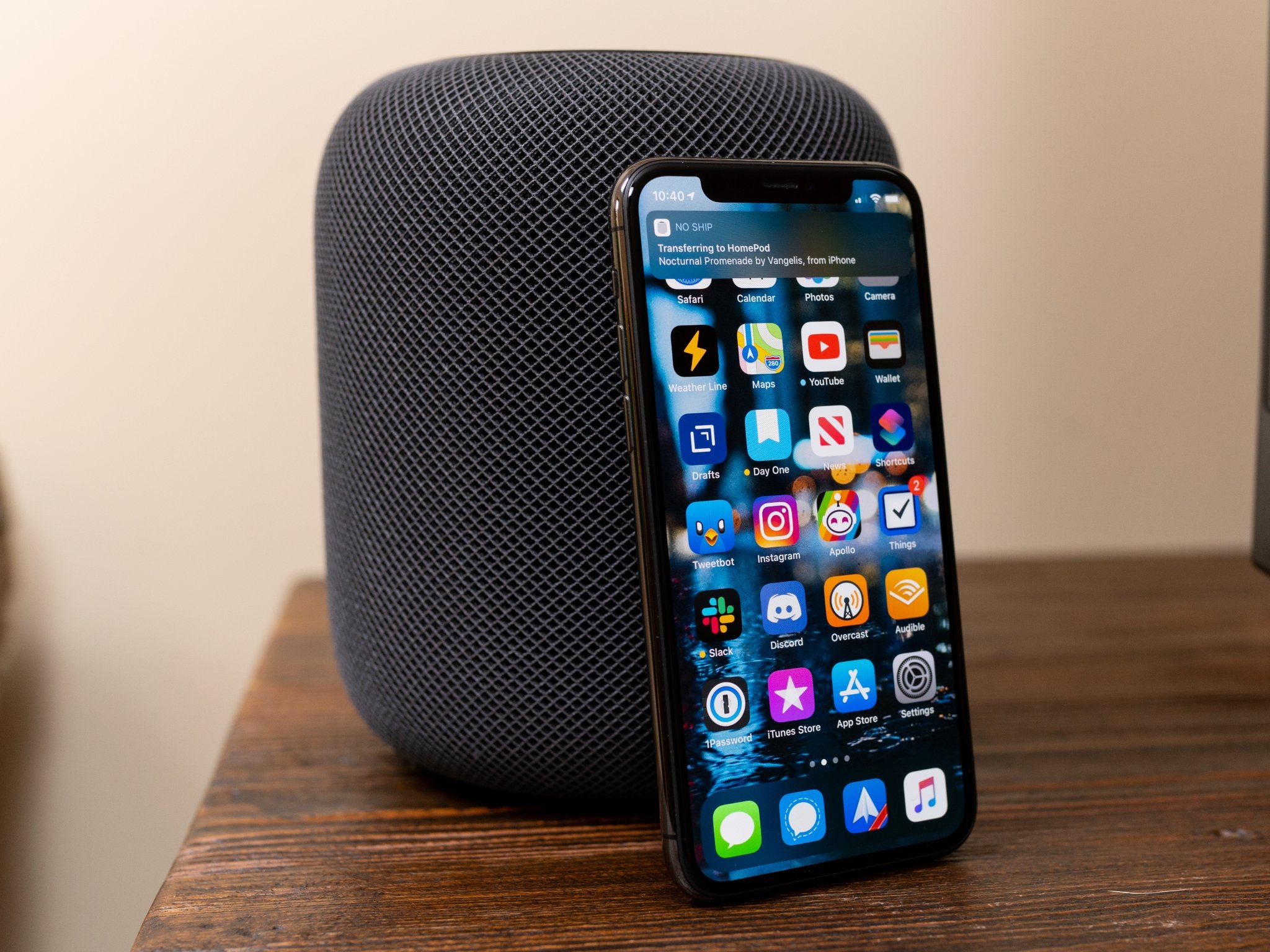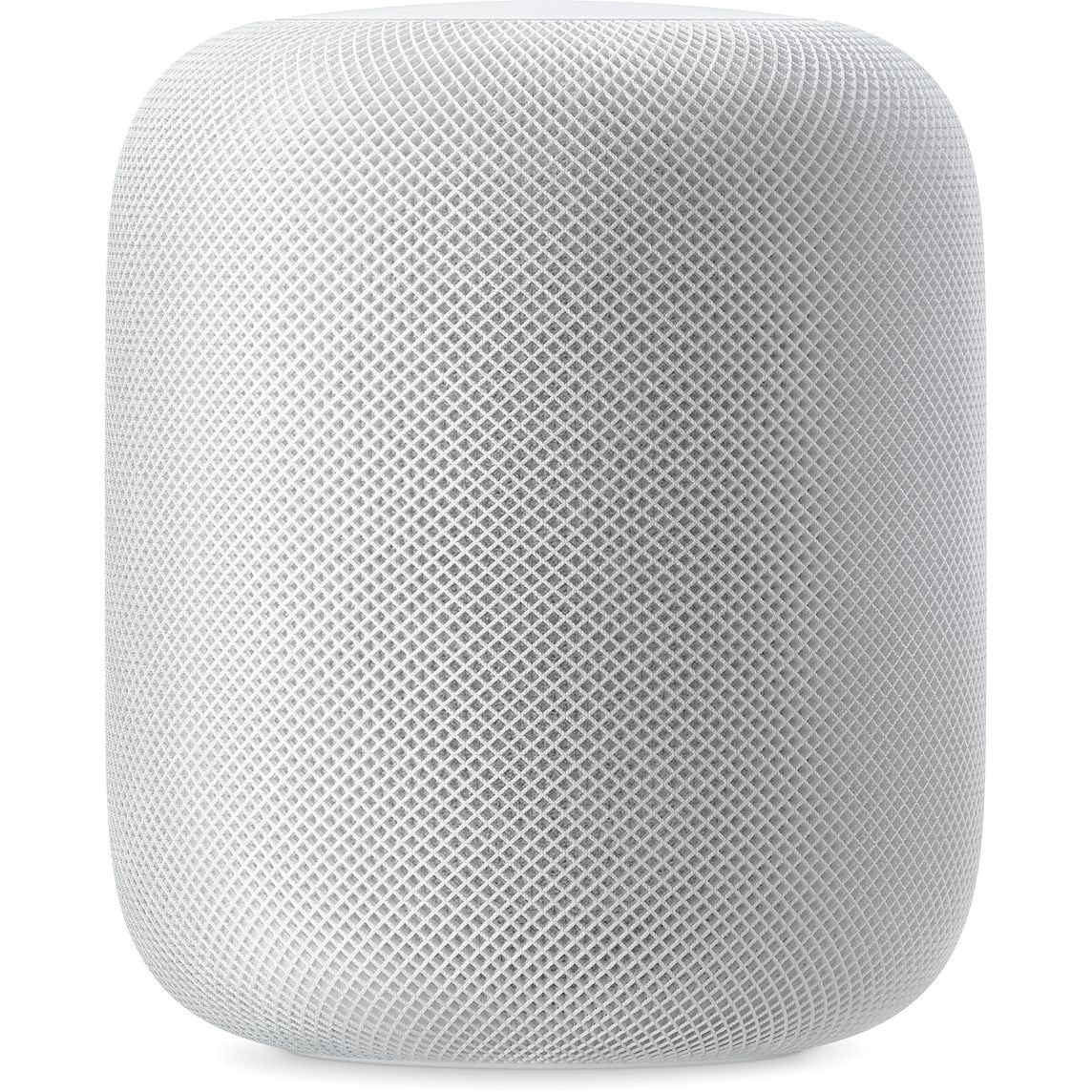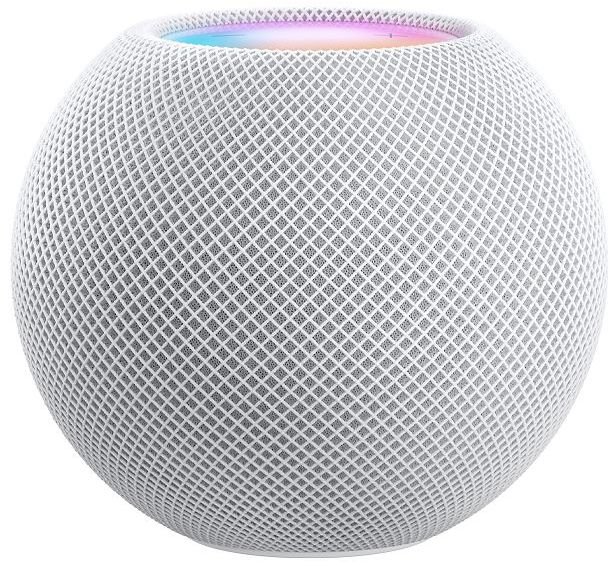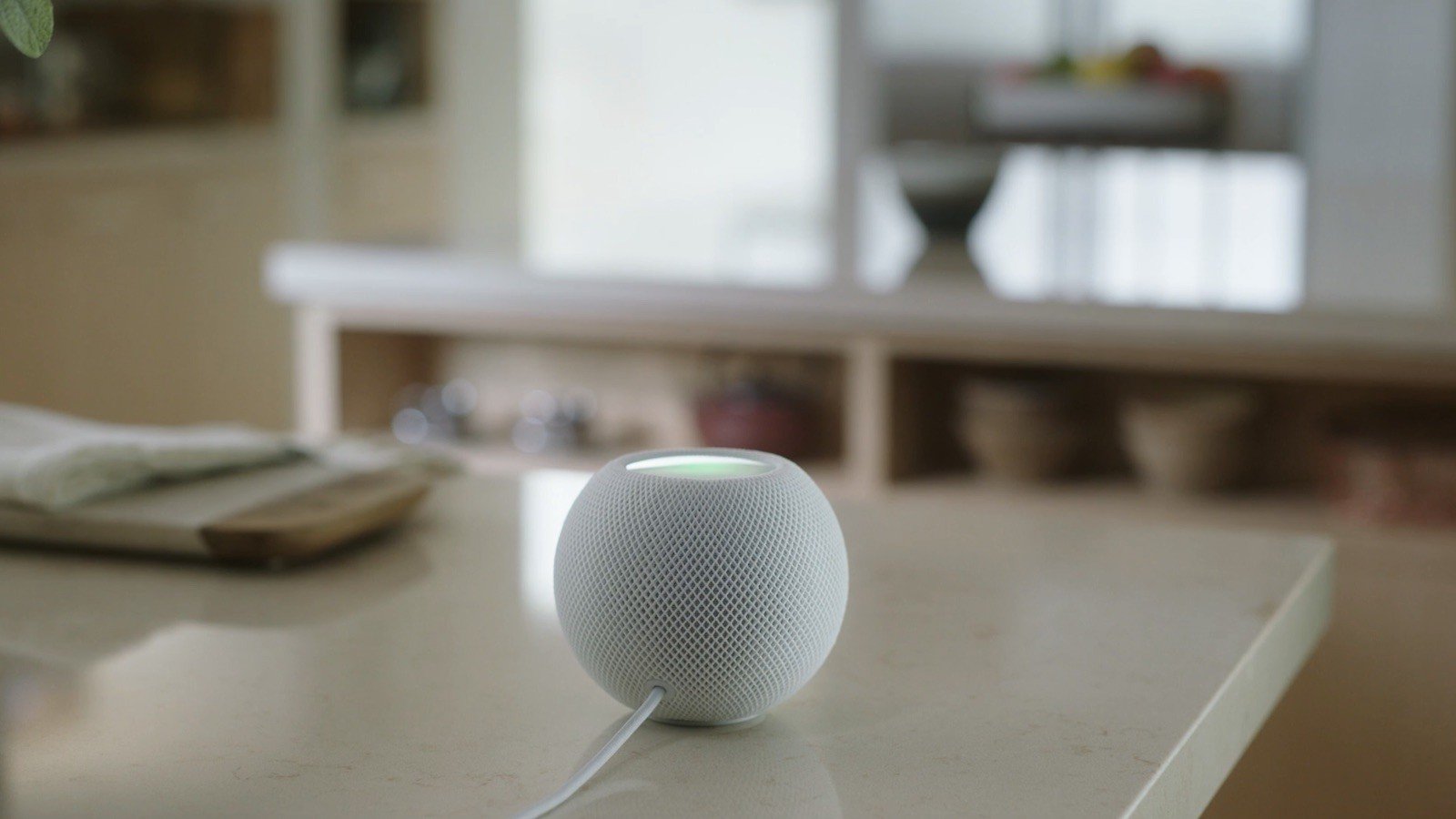HomePod vs HomePod mini: What's the difference and should you upgrade?


Powerhouse speaker
If you are looking for the best smart speaker for the house and you're well invested in the Apple ecosystem, you can't go wrong with HomePod. The regular HomePod pumps out impressive high-fidelity audio with the subwoofer and seven tweeter array, and it has spatial awareness with support for your Apple TV 4K audio. It's just a little big and pricey.
For
- High-fidelity sound
- High-excursion woofer with seven tweeter array
- Spatial awareness
- Home theater capable with Apple TV 4K
- Multiroom audio and stereo pair capable
Against
- Expensive
- Big and heavy

Cute, but mighty
The HomePod mini may not pack as big of a punch in audio quality as its bigger sibling, but it still sounds great with the full range driver and dual passive radiators. It's also much smaller and compact, supports multiroom audio, and way more affordable for many people.
For
- Highly affordable
- Full range driver and dual passive radiators
- Supports multiroom audio and stereo pair capable
- Small and compact size
- Weighs less than a pound
Against
- Audio quality not as rich as regular HomePod
- No spatial awareness
- No support for home theater with Apple TV 4K
While the HomePod is king for a high-quality smart speaker that is fully integrated with the Apple ecosystem, the high price tag puts it out of reach for many people. The HomePod mini is a much more affordable option while retaining most of the same features.
HomePod vs HomePod mini: What are the differences?
The original HomePod came out in 2018 as Apple's answer to products like the Amazon Echo, but with a focus on music and high-quality audio output. With the HomePod, you're getting a high-excursion woofer with an array of seven tweeters, so the audio quality is high-fidelity and rich. You also have spatial awareness with the HomePod, and it can work with your home theater setup with Apple TV 4K. However, while the HomePod started at a $399 price tag, it has since dropped down to $299, but it's still pricey for a single unit for most people. It's also rather large, bulky, and quite heavy, making it hard to move around frequently.
The HomePod mini doesn't pack the same level of punch in audio quality as the original HomePod, but it's still a fantastic smart speaker with its single full-range driver and dual passive radiators. While you don't get spatial awareness or home theater with Apple TV 4K support like the regular HomePod, you still get multiroom audio and the ability to create stereo pairs. The HomePod mini is also super small (it's only 3-inches tall and 4-inches wide) and weighs less than a pound (the HomePod weighs over five pounds), so you can move it around with ease.
| Header Cell - Column 0 | HomePod | HomePod mini |
|---|---|---|
| Cost | $299 | $99 |
| Colors | White and Space Gray | White and Space Gray |
| Dimensions | 6.8-inches-by-5.6-inches | 3.3-inches-by-3.9-inches |
| Weight | 5.5 lbs | 0.76 lbs |
| Audio | High-excursion woofer with custom amplifier and seven horn-loaded tweeters, each with custom amplifier | Full-range driver and dual passive radiators for deep bass and crisp high frequencies |
| Microphone | Six mic array | Four mic array |
| Stereo Pairing | Yes | Yes |
| Multiroom Audio | Yes, AirPlay 2 | Yes, AirPlay 2 |
| Home Theater with Apple TV 4K | Yes | No |
| Spatial Awareness | Yes | No |
| Siri | Yes | Yes |
| Intercom | Yes | Yes |
| Smart Home Hub | Yes | Yes |
| Touch Controls | Yes | Yes |
| Accessibility | Yes | Yes |
As you can see, while there are some obvious differences with the HomePod vs HomePod mini, there are a lot of similarities as well. Both use Siri and have native integration with Apple services, like Apple Music, iTunes, third-party music services, Apple Podcasts, news briefings, and more content through AirPlay 2. You can control playback through touch controls on both models too, as well as control your HomeKit devices.
HomePod vs HomePod mini: Should you upgrade?

If you have a regular HomePod already, then I wouldn't consider the HomePod mini an "upgrade" per se, but it would make a great addition to your HomePod setup. However, you should be aware that you won't be able to pair a HomePod mini to a regular HomePod for stereo sound, but they can work together when you want to stream music across your speakers.
However, if you do not already have a HomePod, then the HomePod mini is a great option to consider if you've been wanting to try Apple's smart speakers. The HomePod mini is much smaller and more compact than the regular HomePod, weighs less, and is a fraction of the price. The drivers for a $99 HomePod mini definitely won't match up to a $299 HomePod, but the audio quality is still fantastic, considering the price point. Plus, with the new Intercom feature, the HomePod mini's affordable cost means it's even more accessible. And if you get at least two HomePod minis, then you are able to pair them up with each other for stereo sound.

Powerful sound
The HomePod is unbeatable in sound quality, thanks to the powerful woofer and seven tweeter array. You can even use the HomePod for your home theater setup with Apple TV 4K, and it has spatial awareness. But it's big, heavy, and pricey.

The HomePod for everyone
The HomePod mini may not have the same power as its bigger sibling, but it's still a great smart speaker for most people. You get most of the same features at a fraction of the cost, plus it's small and lightweight.
Master your iPhone in minutes
iMore offers spot-on advice and guidance from our team of experts, with decades of Apple device experience to lean on. Learn more with iMore!
Christine Romero-Chan was formerly a Senior Editor for iMore. She has been writing about technology, specifically Apple, for over a decade at a variety of websites. She is currently part of the Digital Trends team, and has been using Apple’s smartphone since the original iPhone back in 2007. While her main speciality is the iPhone, she also covers Apple Watch, iPad, and Mac when needed. When she isn’t writing about Apple, Christine can often be found at Disneyland in Anaheim, California, as she is a passholder and obsessed with all things Disney, especially Star Wars. Christine also enjoys coffee, food, photography, mechanical keyboards, and spending as much time with her new daughter as possible.

